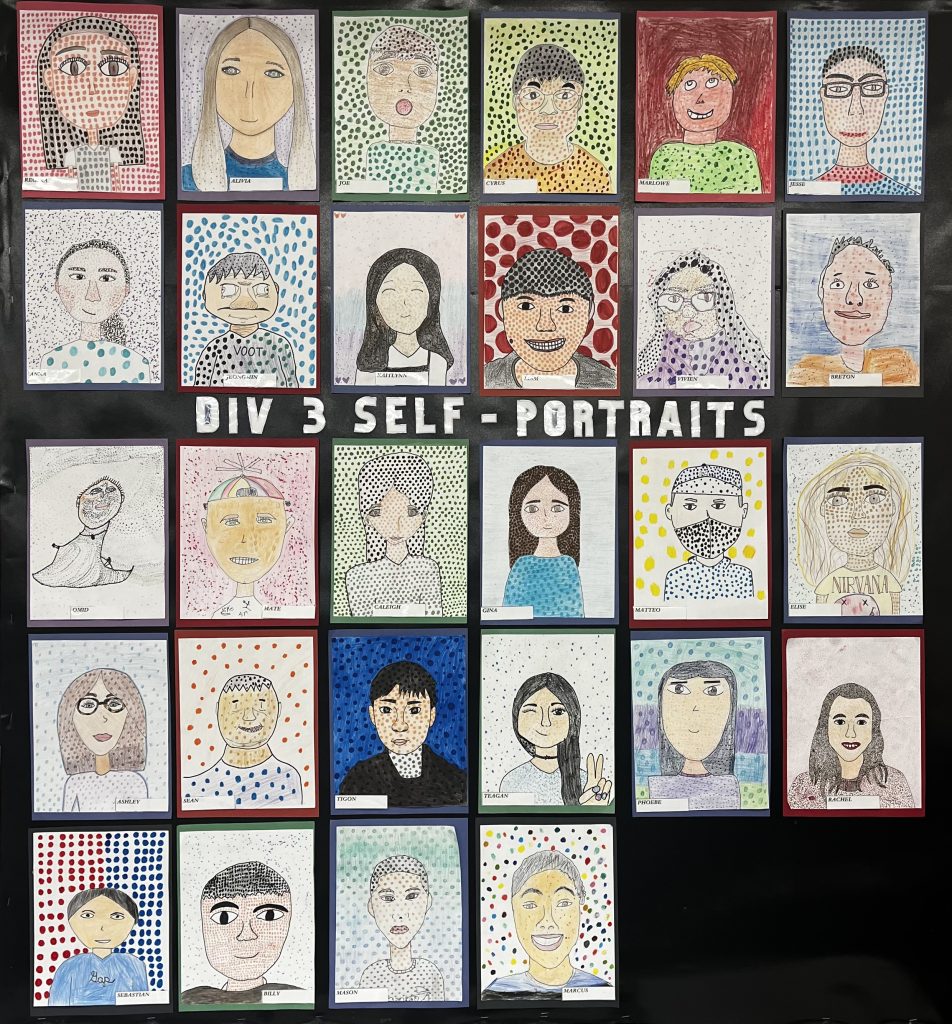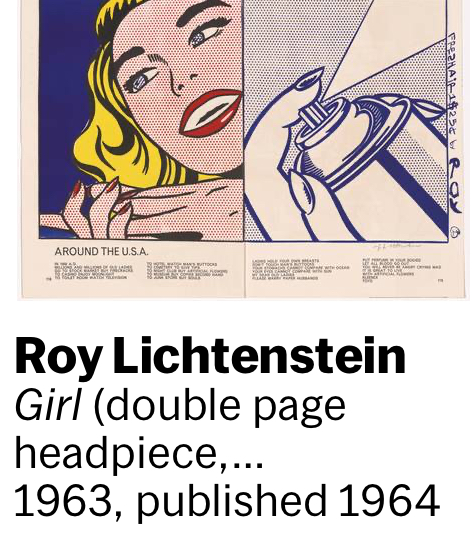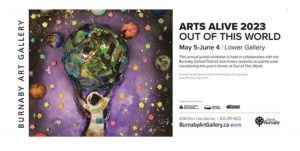
Information About Roy Litchtenstein
A key figure in the Pop Art movement and beyond, Roy Lichtenstein grounded his profoundly inventive career in imitation—beginning by borrowing images from comic books and advertisements in the early 1960s, and eventually encompassing those of everyday objects, artistic styles, and art history itself. His process included copying source images by hand, adjusting their composition to suit his narrative or formal aims, and then tracing the altered sketch onto the canvas, aided by a projector. In this rigorously manual process, he used perforated templates to replicate and often exaggerate the dot patterning commonly used in printing imagery. Known as Ben-Day-dots, this patterning became a signature element of his style, which incorporated the look of mechanical reproduction into the fine-art world of painting. His transformations of the source image typically included reducing the color palette to saturated primaries, eliminating incidental details, heightening contrasts, and “emphasizing the pictorial clichés and graphic codes of commercially printed imagery.

















